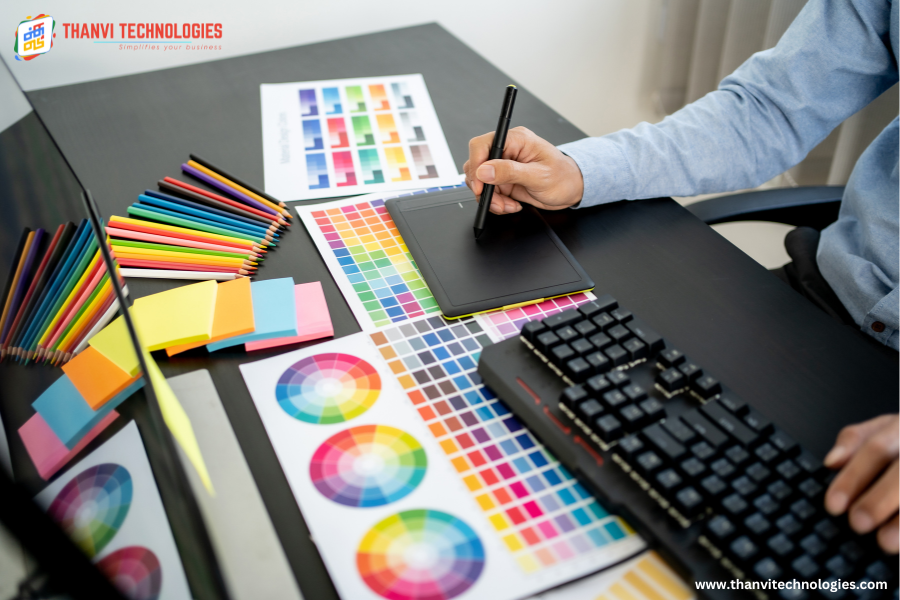




In the digital world, web design is more than just aesthetics. It’s about creating an experience that guides users toward desired actions. One of the most powerful yet often overlooked elements in web design is color psychology—the study of how colors influence human emotions and behaviors. By strategically using colors, designers can evoke specific feelings, enhance user engagement, and improve conversion rates.
Colors impact perception, mood, and decision-making. Studies have shown that up to 90% of first impressions are based on color alone. This means that the color palette of your website can determine whether users stay and explore or leave within seconds.
Moreover, colors play a role in branding. Recognizable brands like Coca-Cola (red for excitement) and Facebook (blue for trust) use colors intentionally to strengthen their identities and connect with users emotionally.
Color psychology in web design is a subtle yet powerful tool for influencing user behavior. By understanding the emotional impact of colors and strategically incorporating them into your website, you can create a more engaging and effective user experience. Whether you're designing a landing page, an e-commerce site, or a portfolio, the right color choices can make all the difference